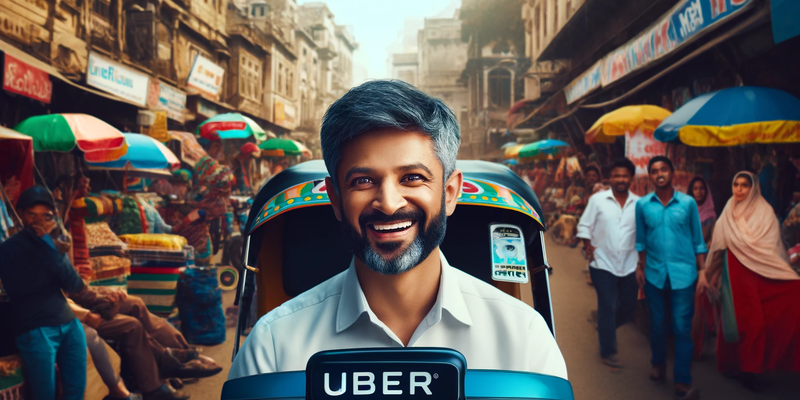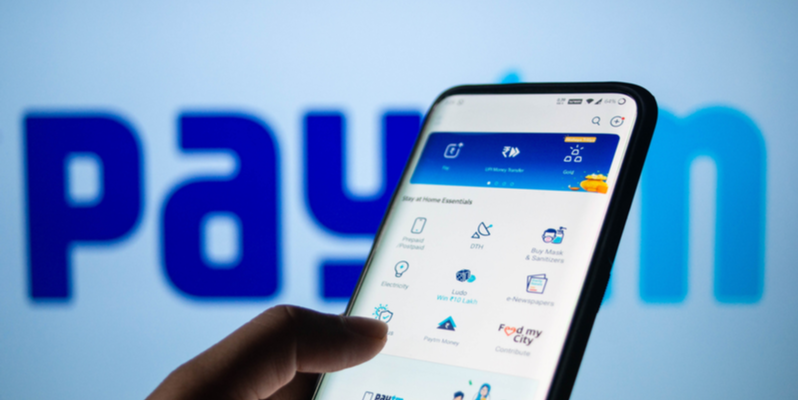Ola and Uber Hit the Gas on Subscriptions: A Game Changer for Auto Drivers?
Ola and Uber, are making waves with a brand new subscription-based model for auto-rickshaw drivers in India. This move comes hot on the heels of similar offerings by competitors like Namma Yatri and Rapido, and it's sure to shake things up in the ridesharing industry.
has introduced its subscription-based model for drivers in several cities, such as Delhi-NCR, Mumbai, Bengaluru, and Hyderabad. Meanwhile, has implemented the model in locations including Chennai, Kochi, and Vishakapatnam, as reported by the Economic Times.
An Uber spokesperson confirmed the rollout of subscription-based models to the Economic Times, stating that they aim to offer this option to riders, as many companies are already adopting this model.
But why the sudden shift? Here's the inside scoop:
- Driver Demands Heard Loud and Clear: Drivers have long criticised Ola and Uber for their high commission fees, which take a significant chunk out of their earnings. This new model ditches the commission structure altogether, offering a breath of fresh air for drivers.
- Flat Fees, Fat Wallets (Hopefully): Instead of per-ride commissions, drivers will now pay a fixed daily or weekly subscription fee. This predictable income stream could lead to potentially higher earnings, especially for hustlers who clock in long hours.
Hold on a second, this isn't all sunshine and rainbows. There are a few trade-offs to consider:
- Cash is King (or Queen): This subscription-based model ditches online payments for cash transactions. While this might be inconvenient for some riders, it allows Ola and Uber to avoid the 5% GST levied on auto rides facilitated through their apps.
- Fare Fare Play? Drivers have more control over their earnings, but they also lose the benefit of Ola and Uber setting fares. This could lead to fare fluctuations depending on the driver and location.
So, is this a win-win for everyone? The jury's still out.
For Drivers:
- Pros: Predictable income, potentially higher earnings, greater control over fares.
- Cons: Cash-only transactions, no set fares, the potential for lower ridership due to lack of online payments.
For Riders:
- Pros: Potentially lower fares (depending on the driver).
- Cons: Inconvenience of cash-only payments, uncertainty over fares.
The Final Lap: Buckle Up for a Bumpy Ride
Ola and Uber's subscription model is a bold move, but it's far from a guaranteed success. Only time will tell how drivers, riders, and the companies themselves adapt to this new system. Here are some key questions to keep an eye on:
- Will this subscription model attract new drivers to Ola and Uber?
- How will the cash-only system impact ridership?
- Will fare fluctuations become a major issue for riders?
Edited by Rahul Bansal








![[Funding Alert] Medtech startup EzeRx raises Rs 1.75Cr in seed round from clutch of angel investors](https://images.yourstory.com/cs/2/b094ec506da611eab285b7ee8106293d/fundingthumb-1603355559844.jpg)
![[Weekly funding roundup] Venture investments into Indian startups begin on a muted note in November](https://images.yourstory.com/cs/2/f08163002d6c11e9aa979329348d4c3e/Weeklyimage-1577460362436.png)
![[Matrix Moments] DeHaat, Ninjacart, WayCool, and VeGrow founders reveal how to grow an agritech startup](https://images.yourstory.com/cs/2/f02aced0d86311e98e0865c1f0fe59a2/agritech-1590421634963.png)
